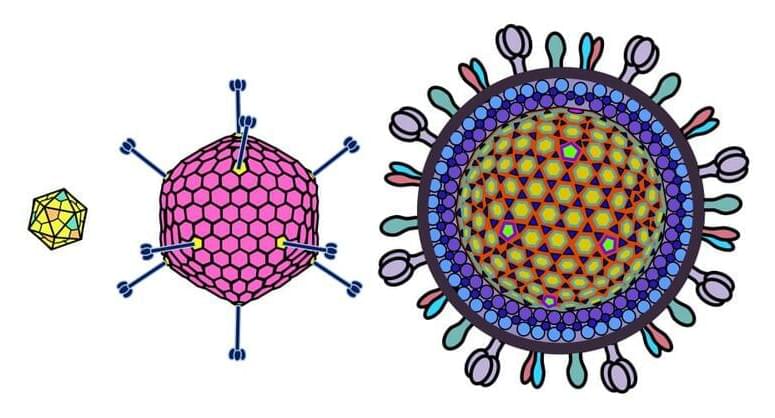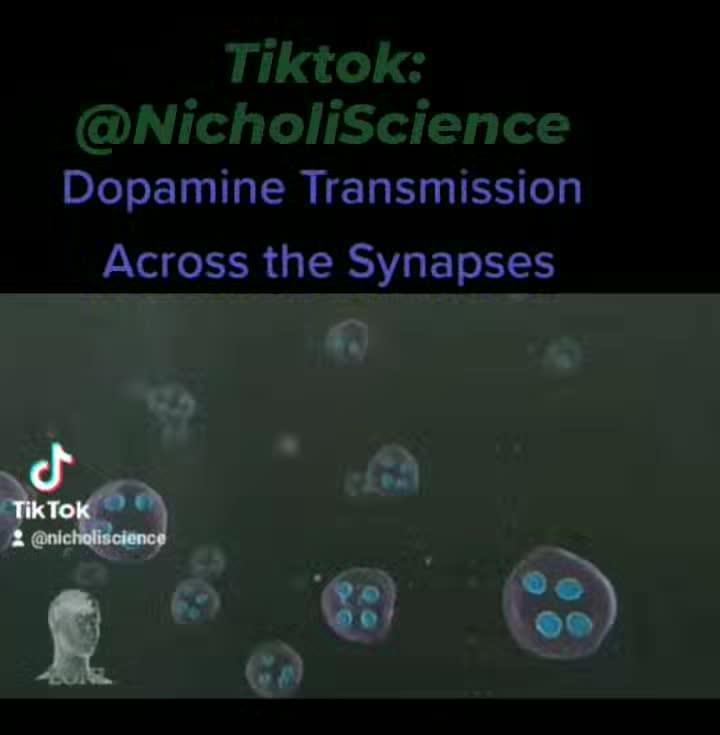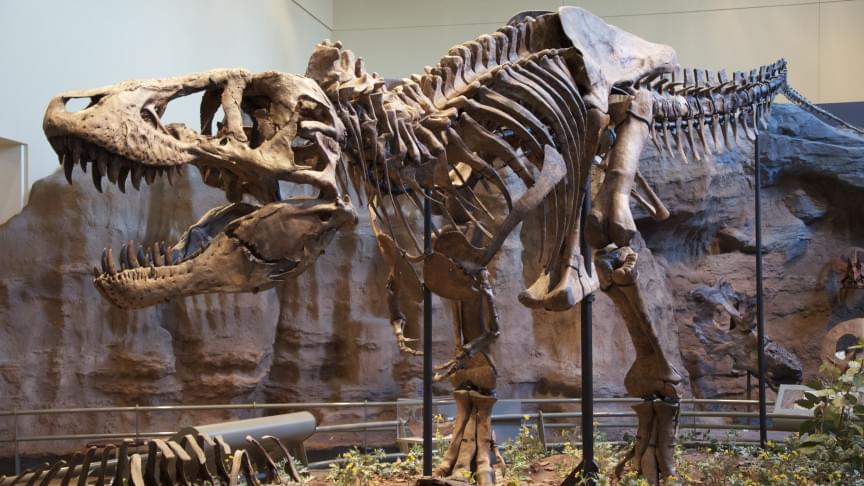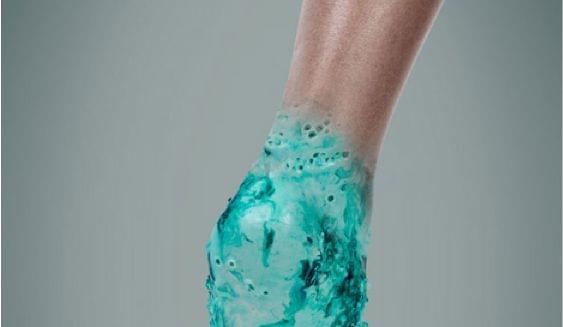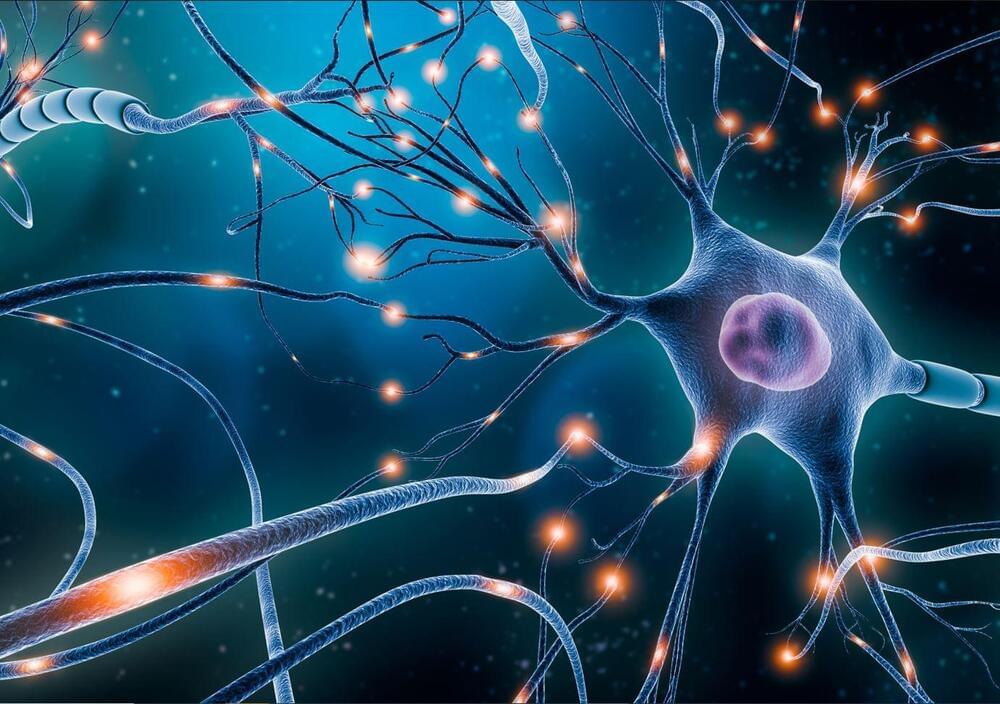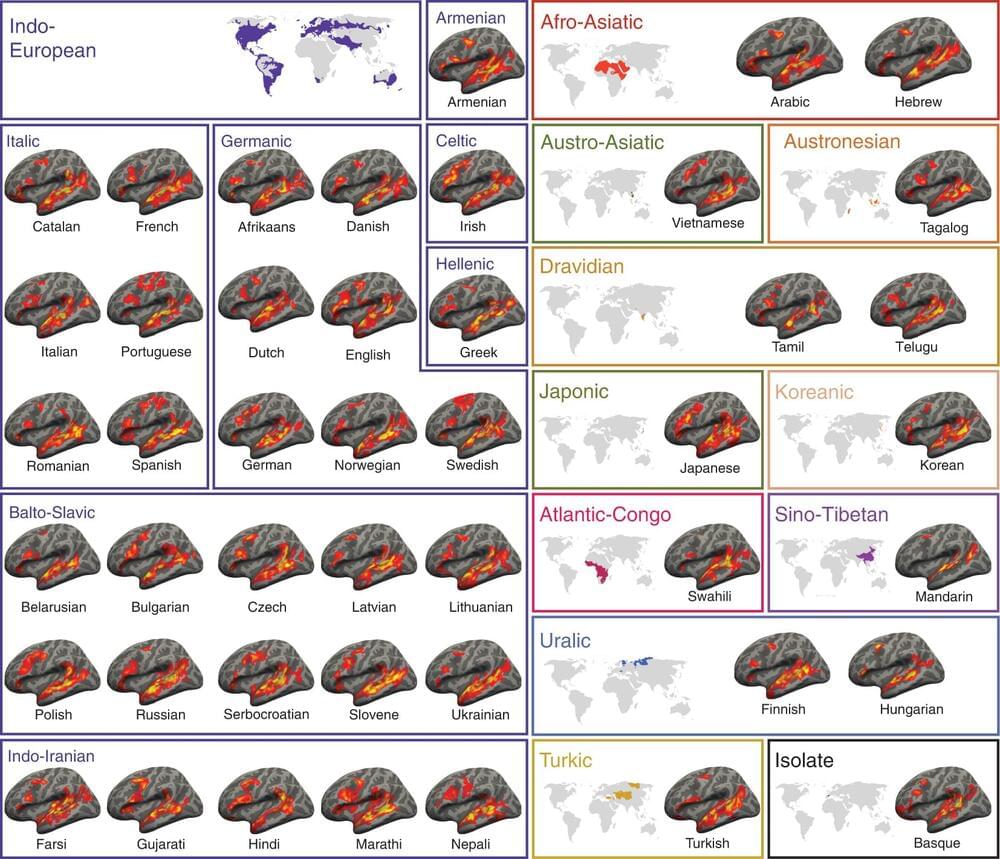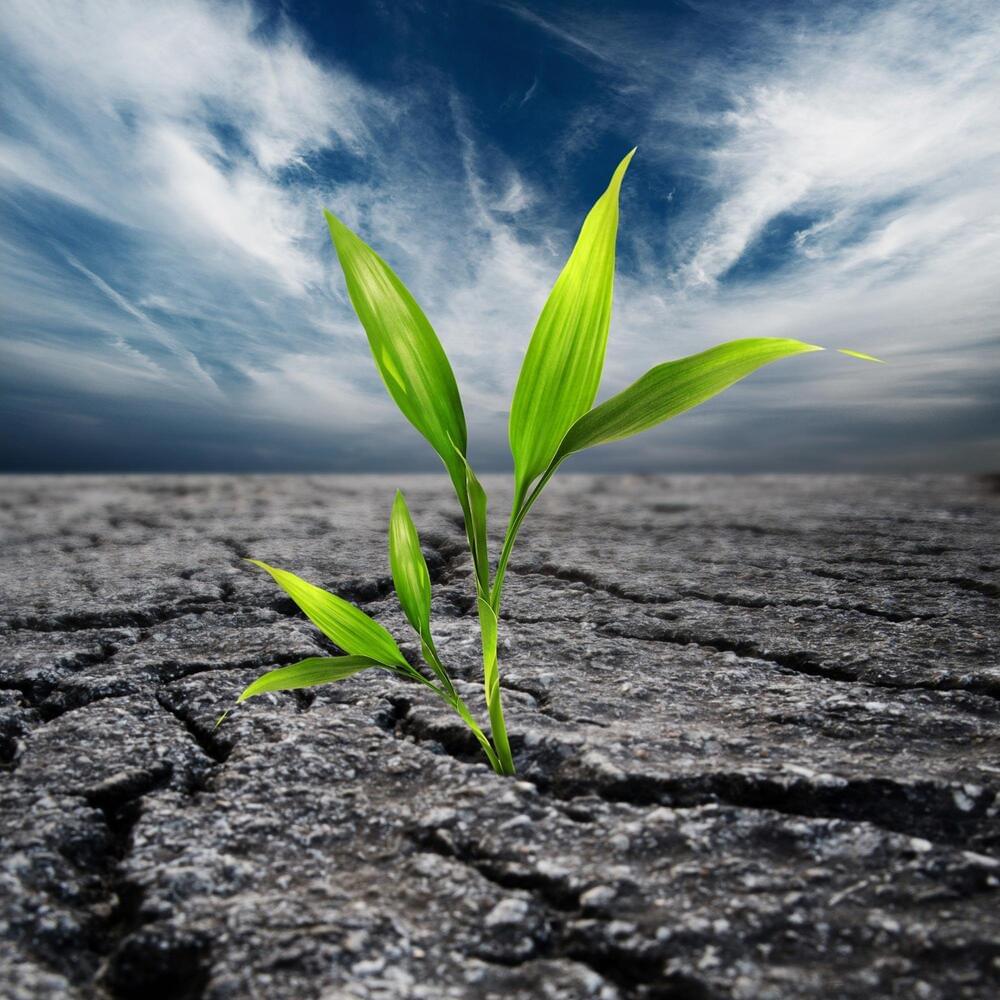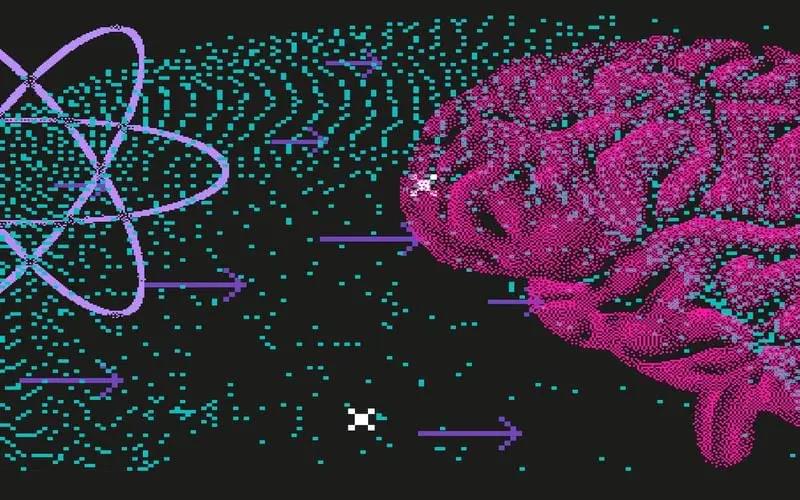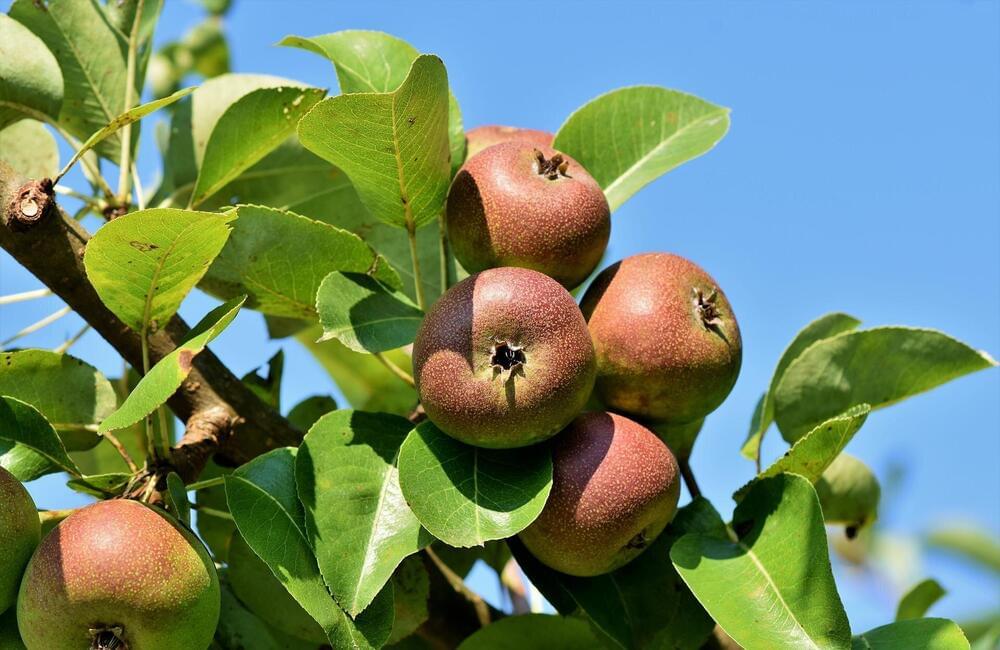Jul 27, 2022
The Virus Zoo: A Quick Primer on Molecular Virology
Posted by Logan Thrasher Collins in categories: biological, biotech/medical, chemistry, education, genetics
The Virus Zoo is my latest educational blog post! I’ve written up ~1 page ‘cheat sheets’ on the molecular biology of specific viruses. I cover genome, structure, and life cycle. So far, my zoo includes adeno-associated virus (AAV), adenovirus, and herpes simplex virus 1 (HSV-1). However, I plan to add more viruses as time goes on! Some others I would like to incorporate later are coronavirus, HIV, anellovirus, lentivirus, ebolavirus, and MS2 bacteriophage. Feel free to suggest other interesting viruses in the comments! All images were created by me. #virology #molecularbiology #biotechnology #genetherapy #virus #biochemistry #genetics
Genome and Structure:
AAV genomes are about 4.7 kb in length and are composed of ssDNA. Inverted terminal repeats (ITRs) form hairpin structures at ends of the genome. These ITR structures are important for AAV genomic packaging and replication. Rep genes (encoded via overlapping reading frames) include Rep78, Rep68, Rep52, Rep40.1 These proteins facilitate replication of the viral genome. As a Dependoparvovirus, additional helper functions from adenovirus (or certain other viruses) are needed for AAVs to replicate.
Continue reading “The Virus Zoo: A Quick Primer on Molecular Virology” »
